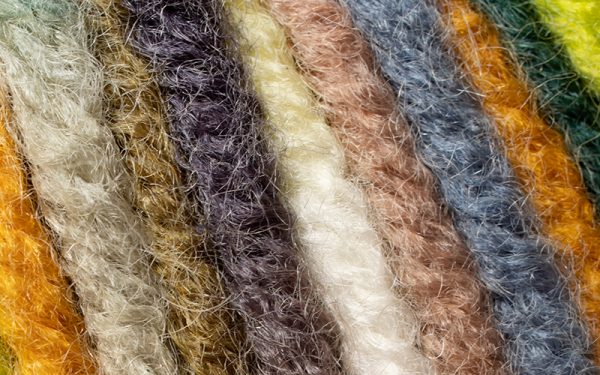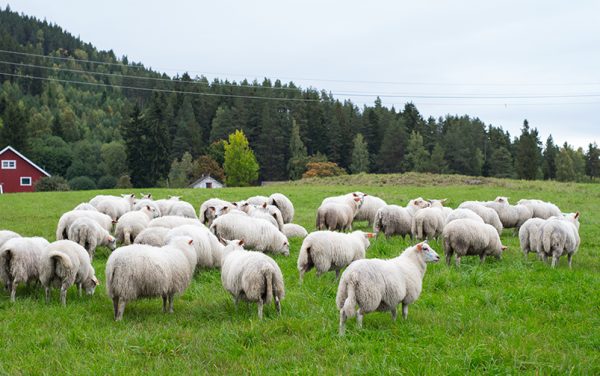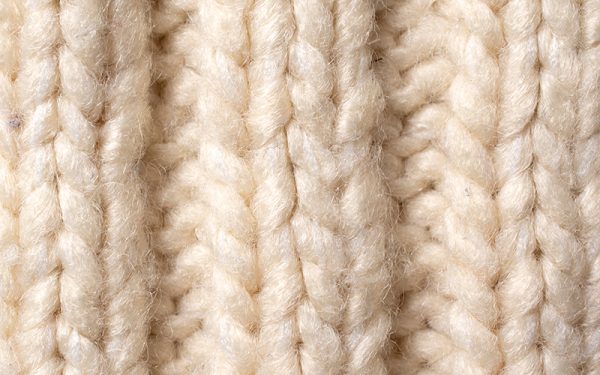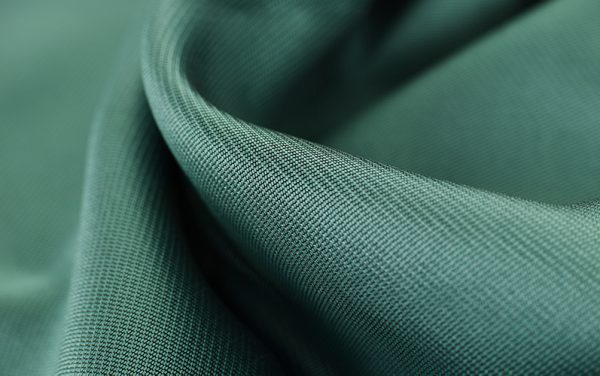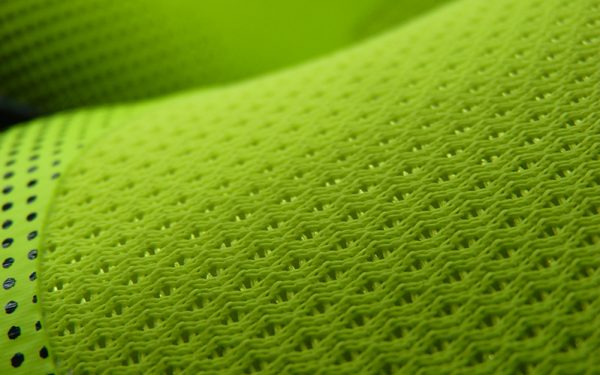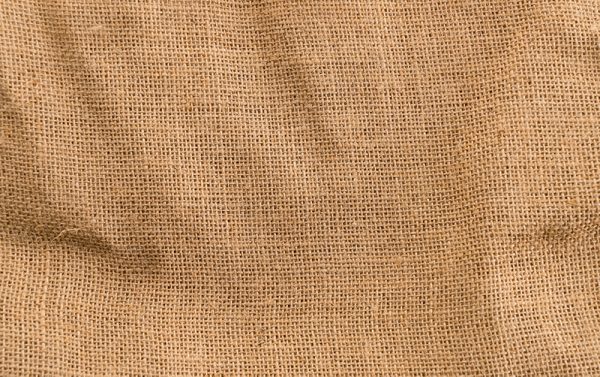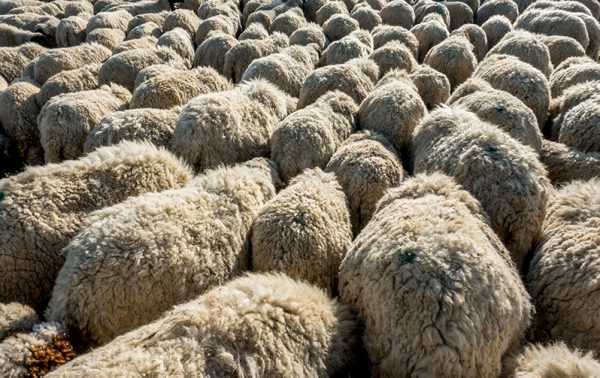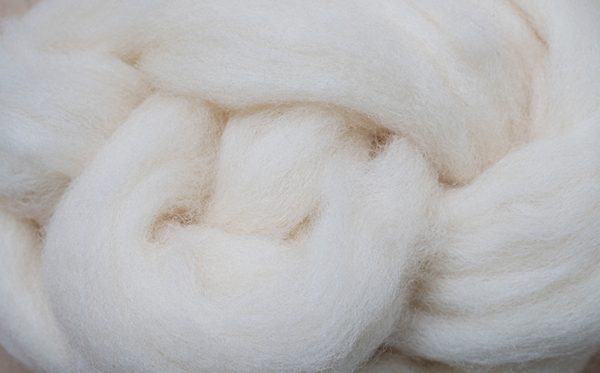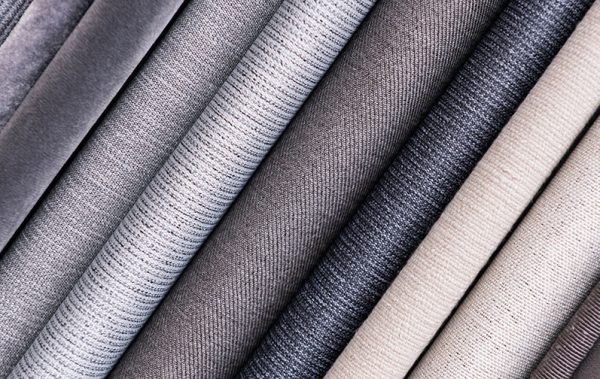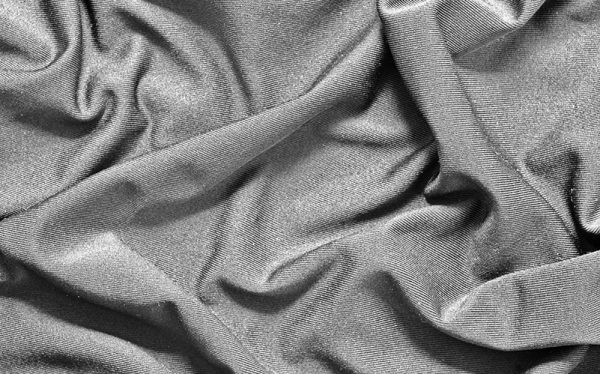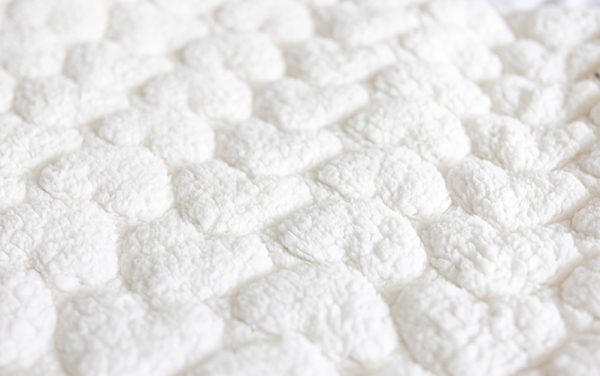
Which Seasons Are Wool Products Suitable For?
As a natural fiber, wool has many unique properties and benefits. First of all, it is an excellent insulator and can provide excellent warmth during the cold winter months. Wool fibers contain many tiny air sacs, and these air sacs can block the penetration of cold outside air, thus effectively keeping the body warm. Secondly,

 English
English Deutsch
Deutsch Français
Français Italiano
Italiano Español
Español Русский
Русский Polski
Polski Nederlands
Nederlands Svenska
Svenska